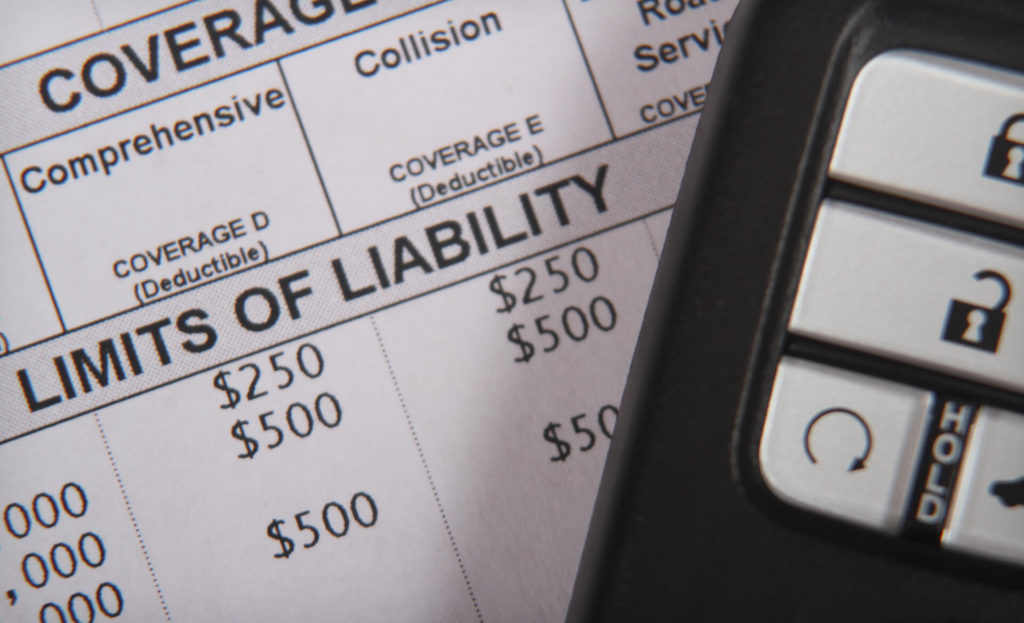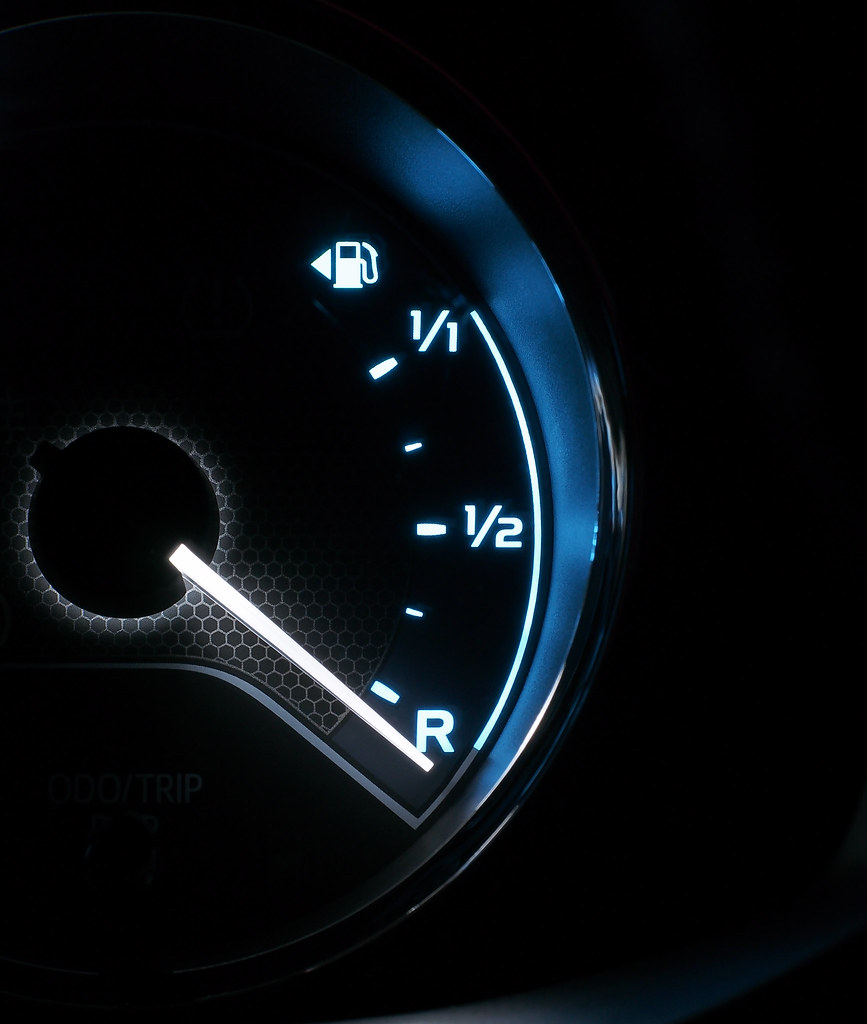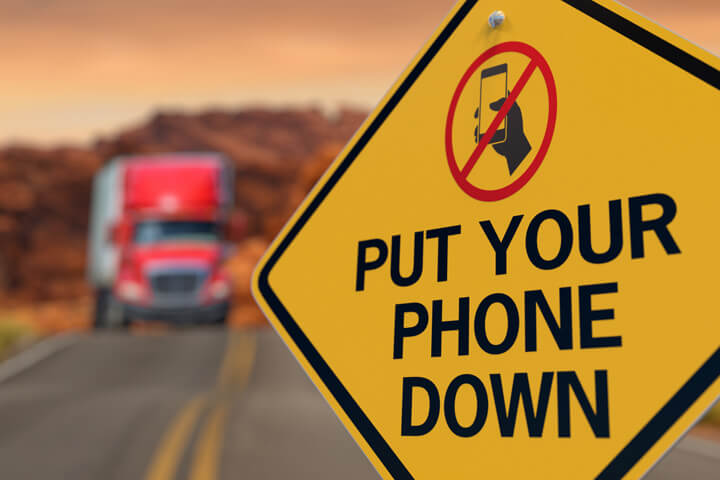What is Third Party Insurance?
Third-party insurance, also known as “act-only” insurance, is a legal obligation for all automobile owners under the Motor Vehicle Act. It’s an auto insurance policy with coverage for third-party property damage and physical injury. The insurer is not covered by the policy.

How does Third-Party Insurance work?
In the event of an accident, the insurance company will pay for the expenses of repairs to third-party property if a policyholder meets with it. As a result, the financial strain is relieved for the policyholder. In order to file a claim, an insured must notify the insurance provider immediately before doing so.
When an insurer receives a claim, it assigns a surveyor to inspect the damage and verify the estimated cost of repairs. After the verification is done, the company closes the claim.
Importance of Third Party Insurance
- Third-party insurance is required by law. As a result, having third-party coverage allows the policyholder to satisfy the legal obligation.
- Although it is a low-cost policy, it provides policyholders peace of mind by ensuring that they have adequate financial protection against the injuries they may cause to other people in an accident.
- Third-party motor insurance protects the policyholder’s credit by covering accidental risks.
To comprehend how a third-party insurance policy works, remember the words used. The following are some of the most frequent phrases connected with third-party insurance:
First party:
The policyholder or person who has purchased an insurance policy.
Second-party:
Insurer or insurance company.
Third-party:
The claimant is the individual or entity that brings a lawsuit against the first party for damages.
If the policyholder is injured or causes damages during an accident with a third party, he or she is held responsible for paying for those costs. When an event occurs, the policyholder must notify the insurance company as soon as possible and describe the situation.

It’s also essential to obtain information about the accident and submit it to the insurance with these details:
- A description of an accident, including date and time.
- Details of the insurance and policyholders involved in the incident are supplied.
- Include details of any injuries suffered by the driver, passengers, and/or property or vehicle damage.
- Details of witnesses.
- The weather and visibility conditions at the time of the accident.
- The report includes photographs of the accident scene’s evidence.
If the police contact you, give them the name of your insurance company and the FIR number, if applicable. If the accident was not caused by the policyholder, he or she can file a claim for automobile hire expense, repair costs, and injury compensation under the terms of the insurance policy document.
Features of Third Party Insurance
- All policyholders are protected by basic levels of third-party insurance.
- It’s also known as a liability-only or act-only policy.
- It helps to protect the policyholder from being held legally liable to a third party as a result of their involvement in the accident. It covers the personal injury, loss of life, and property damage caused to another person.
- The main feature of this sort of policy is that it has a low premium.
- The insured automobile is not protected by insurance purchased from a third party.
The process to Claim Third Party Insurance
To be eligible for insurance company compensation, the policyholder must follow claim guidelines. The following are the stages in claiming third-party insurance:
- The policyholder must notify the insurance company of the accident within the stated period, as outlined in the policy document.
- The policyholder must report the accident to the police state in which it occurred and obtain a copy of the official record.
- Fill out a form with the lender to begin the claim – complete the form and fulfil any required documents.
- The insurer will dispatch a surveyor to inspect the damage and verify the projected cost after receiving the claim file. The surveyor submits a written report following the assessment.
- According to the document, the insurer reaches a resolution for the claim.
Inclusion / Exclusion of third party Insurance Plan
Inclusions
Third-party insurance protects the insured vehicle from injury to others caused by it. It covers bodily injuries, vehicle damage, property damage, and death in the event of an accident.
Exclusions
If you have third-party insurance, it does not cover any expenses:
- The accident was caused by a person who was driving under the influence of alcohol.
- The driver is under the age of 21 or has been convicted of driving without a valid driver’s license.
- It was an intentional assault.
- The car was employed for commercial or unlawful purposes.
- The car was stolen.



